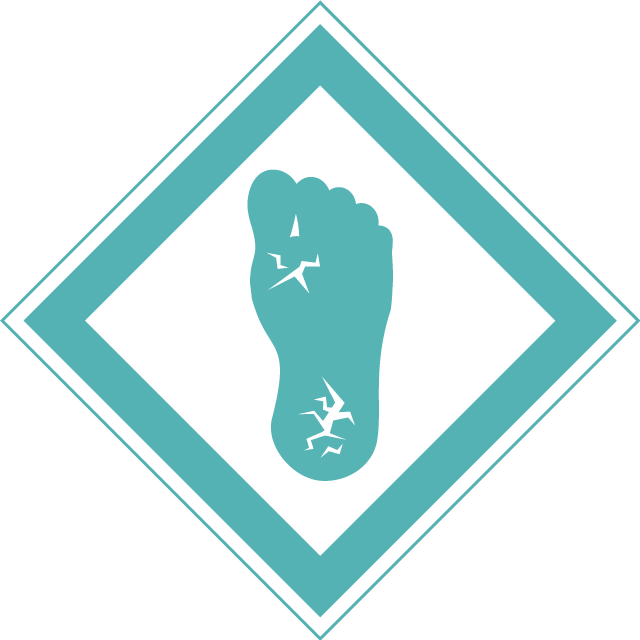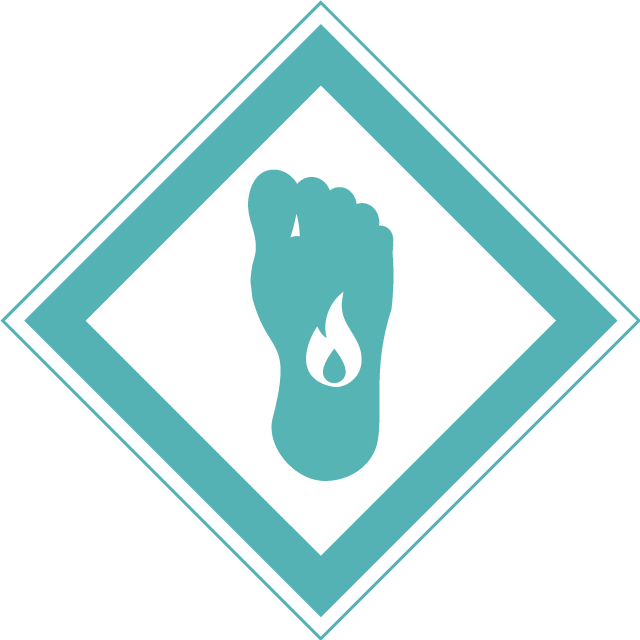- Home
-
Is My Leg Pain PAD?
Did you know? Many people mistake the pain of PAD for normal signs of aging
-
Managing PAD
Did you know? Only one quarter of PAD patients undergo treatment.12.
-
Avoiding amputation
Did you know? CLI patients are associated with a 1-year mortality rate of 20%. 13.
- For Healthcare Professionals
PAD is a disease that causes restricted blood flow to your peripheral arteries—including your arms, legs, and feet. Often caused by atherosclerosis, or hardening and narrowing of the arteries, PAD can be worsened by things like smoking, poor diet, lack of exercise, age, genetics, diabetes, high blood pressure, and high cholesterol.
Having PAD increases your risk of cardiovascular complications such as a heart attack, stroke, and coronary heart disease. If left untreated, the advancement of PAD may result in amputation. That’s why it’s important to seek treatment if you suspect you have PAD and commit to living a healthy lifestyle.

Learn about what PAD is and how the narrowing of your arteries can affect your body.
Dr. Peña
Interventional Radiologist
Miami, FL
Video Player is loading.
Learn about what PAD is and how the narrowing of your arteries can affect your body.
Dr. Peña
Interventional Radiologist
Miami, FL
What Plaque Buildup Looks Like
The first step in loving your limbs is learning about them. Blood vessels supply oxygen and nutrition to every part of your body, including your legs. When this flow is interrupted due to any number of causes, similar to a clogged pipeline, PAD can occur.
PAD causes arteries in the legs to become narrowed or clogged with deposits of plaque. The buildup of plaque causes the arteries to harden, which is called atherosclerosis. When leg arteries are clogged, blood flow is reduced. Total loss of circulation can cause serious symptoms, including gangrene that can lead to potential amputation.
Plaque buildup can progress over time, increasing the amount of blockage in the artery. Plaque can also trigger the formation of blood clots. A blood clot can further narrow an artery or clog it completely. If a blockage remains in the arteries, it can cause symptoms such as pain, ulcers, and difficulty walking.
Could I Have PAD?
PAD is often asymptomatic, meaning the disease does not produce or show any symptoms – at least in the early stages. Even if you’re not experiencing any symptoms, you could still have PAD. This is because your body creates small arteries that re-route blood around the affected vessel. But the body can only do so much, and over time, symptoms become more severe.
When symptoms do occur, they can often be mistaken for other conditions, or as part of the normal aging process. However, ignoring symptoms can lead to further complications. It’s important to see your doctor if you believe you could have PAD so you can begin treatment and reduce your risk for complications.
Symptom Checker
While many people with PAD are asymptomatic, there are several common symptoms. Since every case is different, you may have a few or none of these symptoms. Common PAD symptoms may include:
Cramping can occur in your hips, buttocks, thighs, or calf muscles during exercise or other activities.
Painful leg cramping
These can be early warning signs of PAD, although often mistaken for diabetic nerve pain, or other conditions.
Numbness, weakness or heaviness
Pain in your legs or feet may occur during the day or at night while resting.
Resting leg pain
This can be one or several patches of skin, specifically on the feet or legs that feel cooler to the touch and do not warm up.
Cold feet or toes

When blood flow is restricted, parts of your skin could appear to be drier than normal, more red, or an unusual color.
Dry or discolored skin

While this can be caused by nerve pain in diabetics, it can also be the result of restricted blood flow from PAD.
Burning sensations or aching of feet and toes
Reduced blood flow could result in hair loss or slowed hair growth on your feet and legs.
Hair loss
PAD can be associated with sores, or ulcers, that recur often or do not heal.
Chronic sores
PAD Questionnaire
Managing your PAD can reduce your risk of serious complications, including amputation. If you suspect or were diagnosed with PAD, it’s time to start asking the right questions. Talk to your physician.
